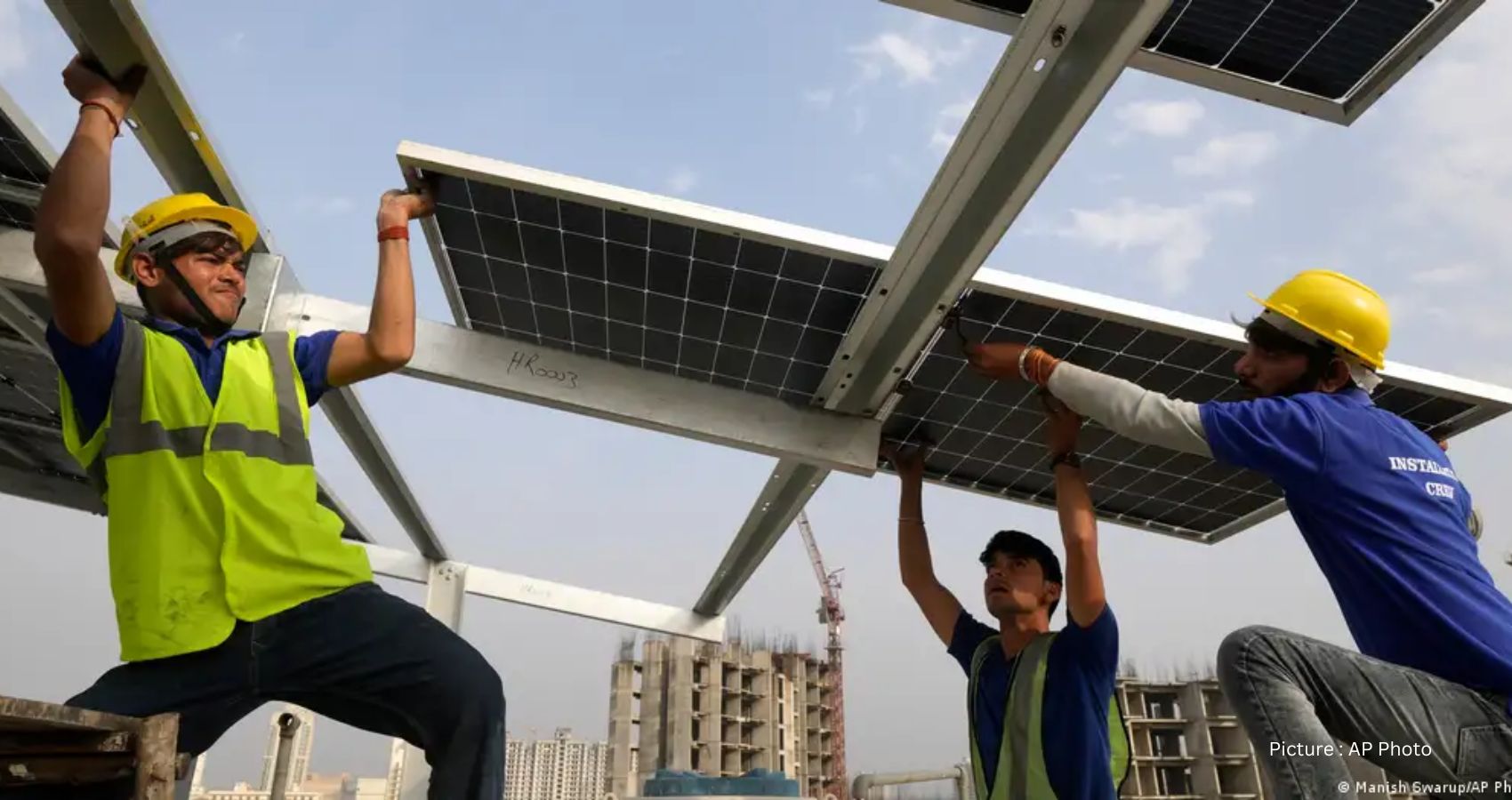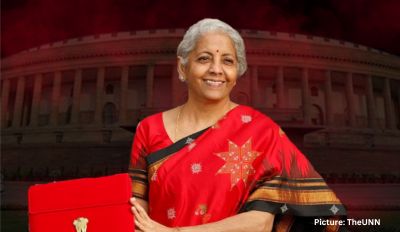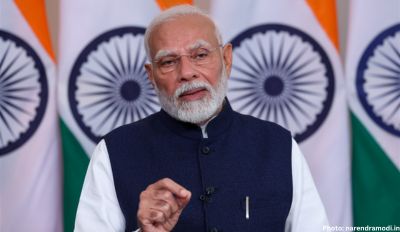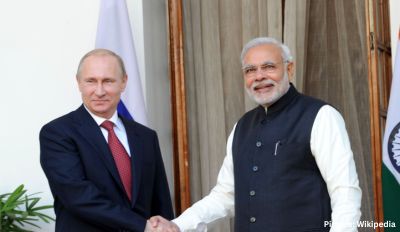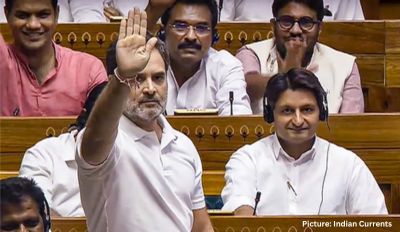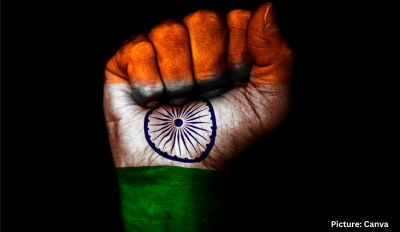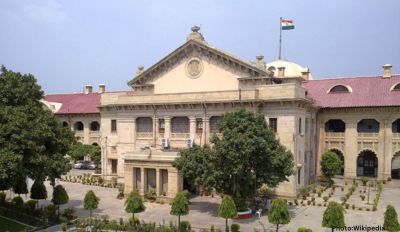Jagdish Pal, a math graduate from Kanpur, Uttar Pradesh, found himself amidst fierce competition when he applied for a government job last year. Despite being aware of his overqualification, Pal, along with over 75,000 applicants, vied for the position, reflecting the dire job scarcity even for low-level roles in India. Pal expressed, “I knew I was overqualified but there are simply no jobs on offer, that’s why I applied.”
This predicament is not unique to Pal; it resonates with many young individuals across India. Despite the Indian economy’s rapid growth, exemplified by an 8.4% expansion in the fourth quarter of 2023, job creation struggles to keep pace with the influx of millions of young job seekers annually.
A significant contributing factor to this conundrum is the disproportionate growth between India’s services and manufacturing sectors. While the services sector has thrived, it’s not as labor-intensive as manufacturing. Santosh Mehrotra, a visiting professor at the University of Bath, highlighted the necessity for inclusive growth, emphasizing the need for job creation at all levels of the socioeconomic hierarchy.
The employment scenario in India is further exacerbated by persistently high unemployment rates, even among college graduates. This is aggravated by a mismatch between the skills possessed by job seekers and the requirements of available positions, with many new jobs emerging in sectors like agriculture and construction, unsuitable for the educated workforce.
The India Employment Report 2024, jointly released by the Institute for Human Development (IHD) and the International Labour Organisation (ILO), paints a grim picture of the employment landscape. The report reveals that nearly 83% of the unemployed workforce comprises youth, and the proportion of educated youth among the unemployed has significantly increased over the years.
As India gears up for general elections, scheduled to commence on April 19, youth unemployment emerges as a pivotal issue. Prime Minister Narendra Modi’s government, focusing on economic stewardship, faces scrutiny over its inability to address the unemployment crisis adequately. Despite substantial investments in infrastructure projects aimed at job creation, the efforts have fallen short, as highlighted by the IHD/ILO report.
Arun Kumar, an economist, emphasized the multidimensional nature of unemployment, underscoring its economic, social, and political ramifications. With a considerable expansion in education but a meager growth in job opportunities, unemployment among educated youth has emerged as a pressing concern.
The opposition parties have seized on this issue, attributing the problem to the Modi administration’s policies. Mallikarjun Kharge, president of the principal opposition Congress party, cited the ILO and IHD report, condemning the government’s purported indifference towards addressing unemployment.
As the elections draw nearer, unemployment has become a focal point for political campaigns, particularly given India’s predominantly young demographic, with approximately 65% of the population under 35 years old.
Women bear a disproportionate brunt of the jobs crisis in India. The IHD/ILO report highlighted that a higher proportion of educated unemployed youth comprises women compared to men. Additionally, India exhibits one of the lowest female labor force participation rates globally, standing at around 25%.
Lekha Chakraborty, a senior economist at the National Institute of Public Finance and Policy, identified three primary factors contributing to joblessness among educated women in India: inadequate care economy infrastructure policies, rigid social norms, and insufficient skills. She emphasized the need for integrating care economy considerations into macroeconomic policies and implementing concrete measures to combat labor market discrimination against women and marginalized groups.

